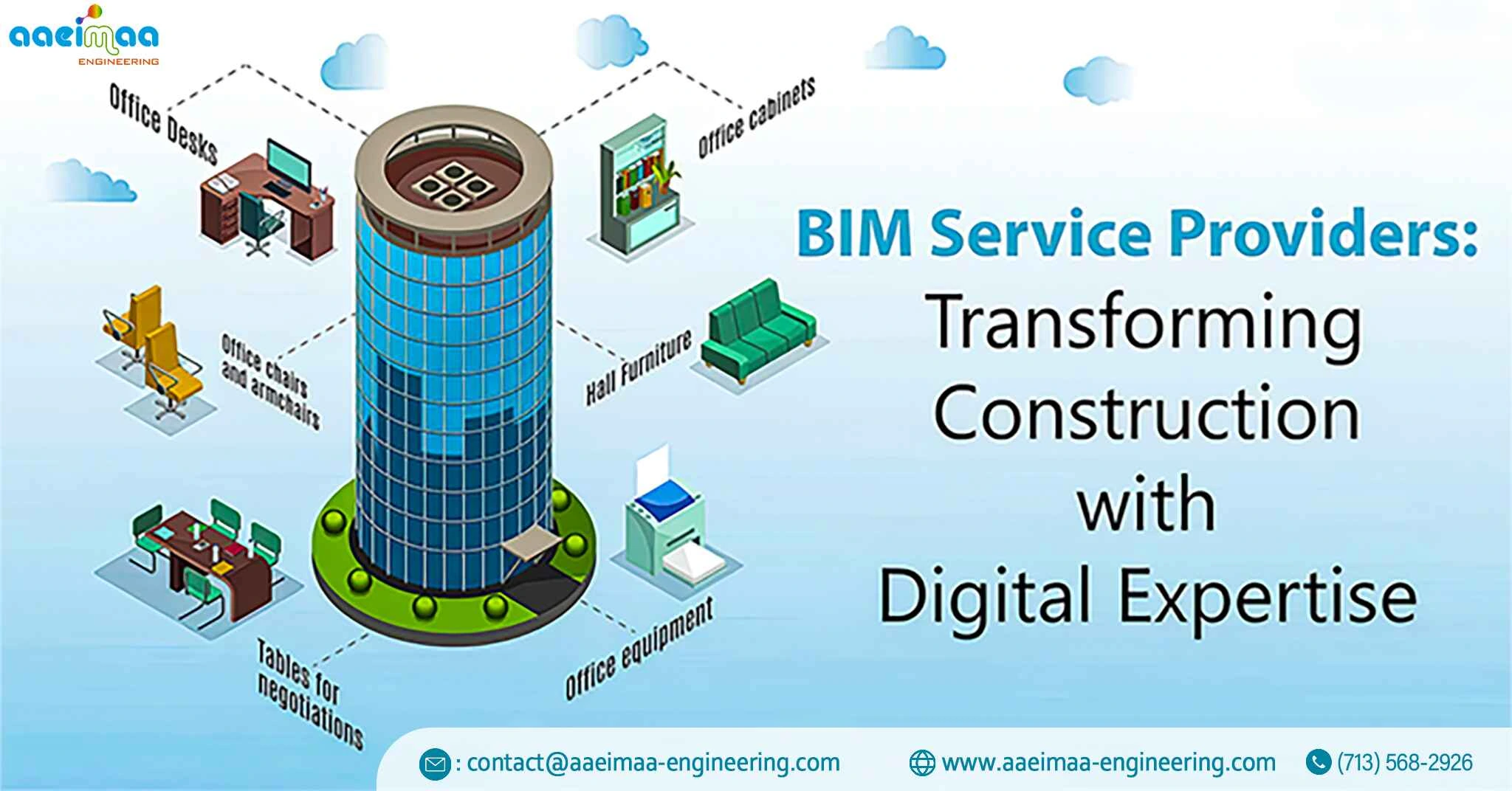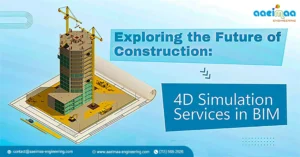Building Information Modeling (BIM) has become a potent tool in the constantly changing construction sector, streamlining procedures and boosting project effectiveness. The leaders in this shift, however, are the BIM service providers. We’ll examine BIM service providers in more detail in this blog article, as well as how important they are to contemporary building and how they’re influencing change.
Understanding BIM and Its Significance
Let’s start with a quick overview of BIM and why it matters. Building Information Modeling (BIM) is a digital method for creating a complete representation of a building’s physical and functional attributes. It allows architects, engineers, and construction professionals to digitally plan, visualize, and simulate projects, enhancing cooperation, decision-making, and decreasing errors.
The Emergence of BIM Service Providers
With the growing adoption of BIM, specialist BIM service providers have emerged. These companies provide a variety of services, such as BIM modeling, clash detection, quantity takeoffs, and more. They are critical partners for architects, engineers, and contractors, providing the technical competence required to realize the full potential of BIM.
The Benefits of Working with BIM Service Providers
Expertise: BIM service companies hire experienced individuals that are knowledgeable about the most recent BIM technology and industry best practices. Their knowledge provides enormous value to projects.
Cost Savings: Working with BIM service providers frequently results in cost savings due to optimized designs, decreased rework, and streamlined workflows.
Time Efficiency: BIM service providers shorten project schedules by managing the BIM process efficiently from design to construction and even post-construction maintenance.
Improved Collaboration: BIM improves project stakeholder collaboration, and BIM service providers ensure that all parties are on the same page, eliminating conflicts and misunderstandings.
The Role of BIM in Sustainable Construction
Sustainability is an increasing concern in the building business, and BIM can help to address it. BIM service providers aid in the analysis of the environmental impact of design choices, the optimization of energy efficiency, and the planning of sustainable, eco-friendly materials.
Current Innovations and Trends
The BIM landscape is dynamic and ever-changing. We’ll look at the most recent BIM trends and breakthroughs, such as incorporating augmented reality (AR), virtual reality (VR), and artificial intelligence (AI) into BIM workflows. BIM service companies are implementing these technologies to remain ahead of the competition.
Challenges and Future Prospects
Every industry has its challenges. We’ll look at the challenges that BIM service providers face, such as data security and interoperability, as well as the necessity for defined protocols. We’ll also talk about BIM’s future prospects in the construction industry, such as its potential for greater acceptance and additional advances.
BIM service providers are at the forefront of the construction industry, enabling the smooth adoption of BIM and transforming the way we design and construct buildings. Their skills and passion are moving building projects toward higher efficiency, sustainability, and success. As BIM technology advances, so will the influence and importance of BIM service providers, ultimately benefiting all stakeholders in the construction process.




